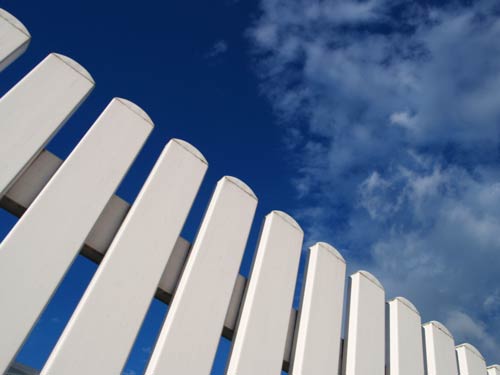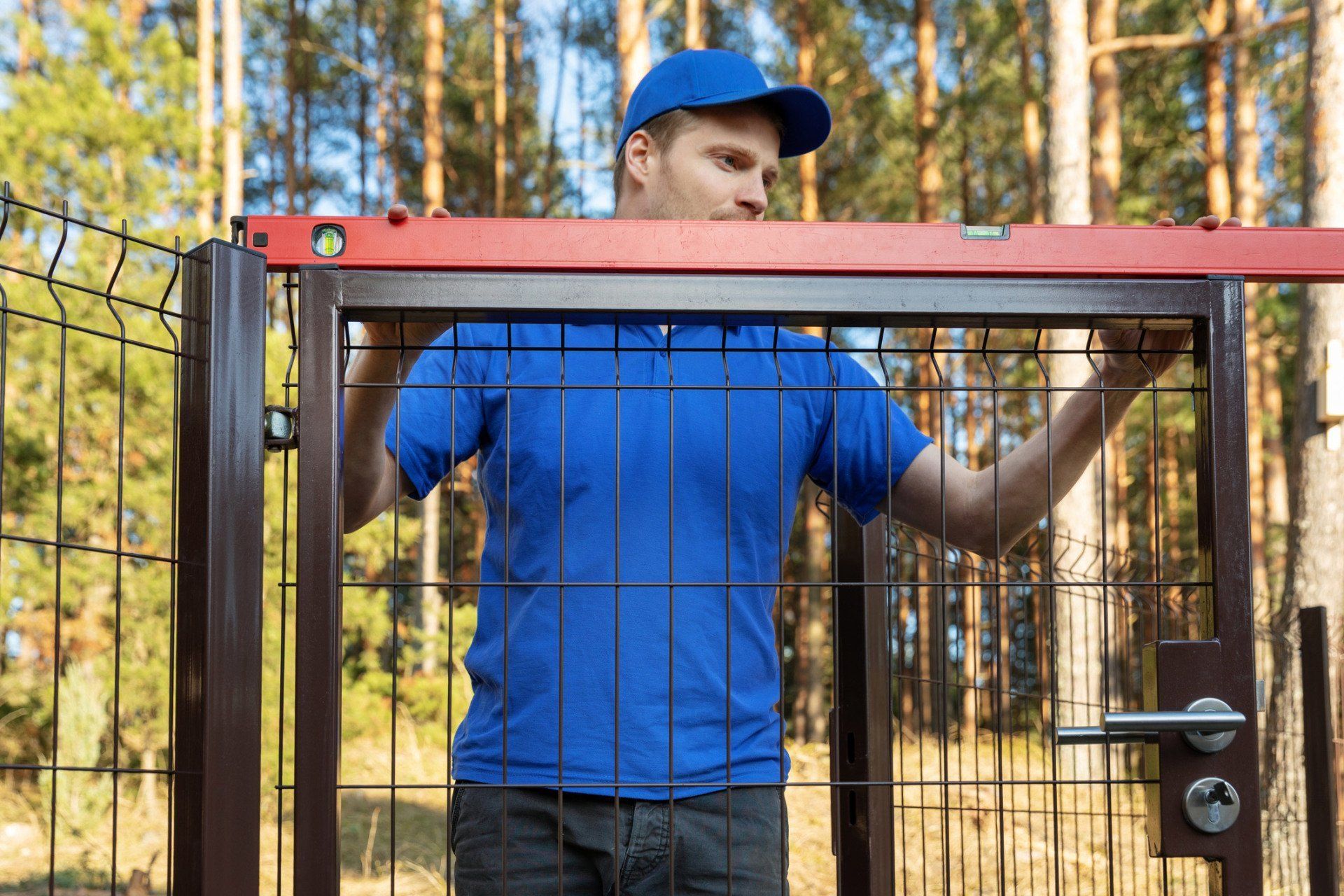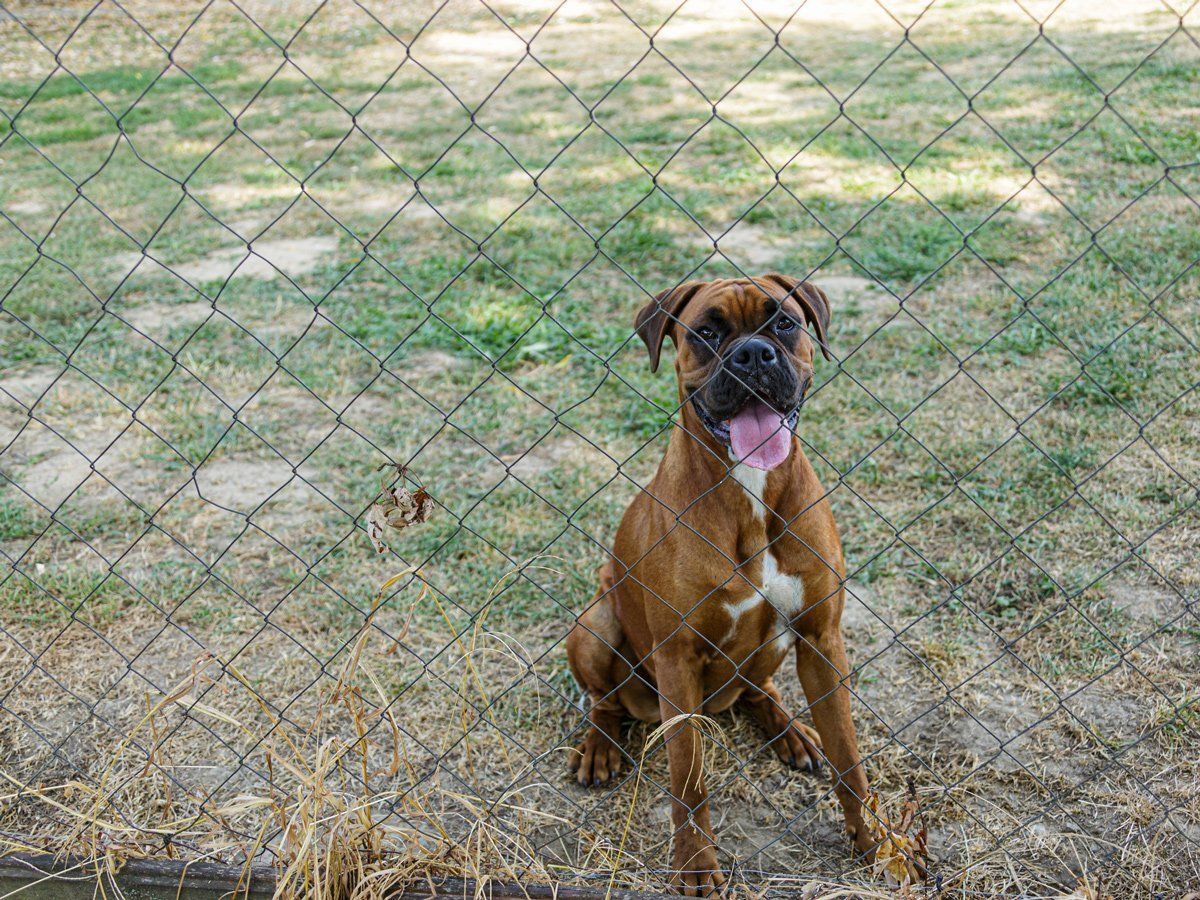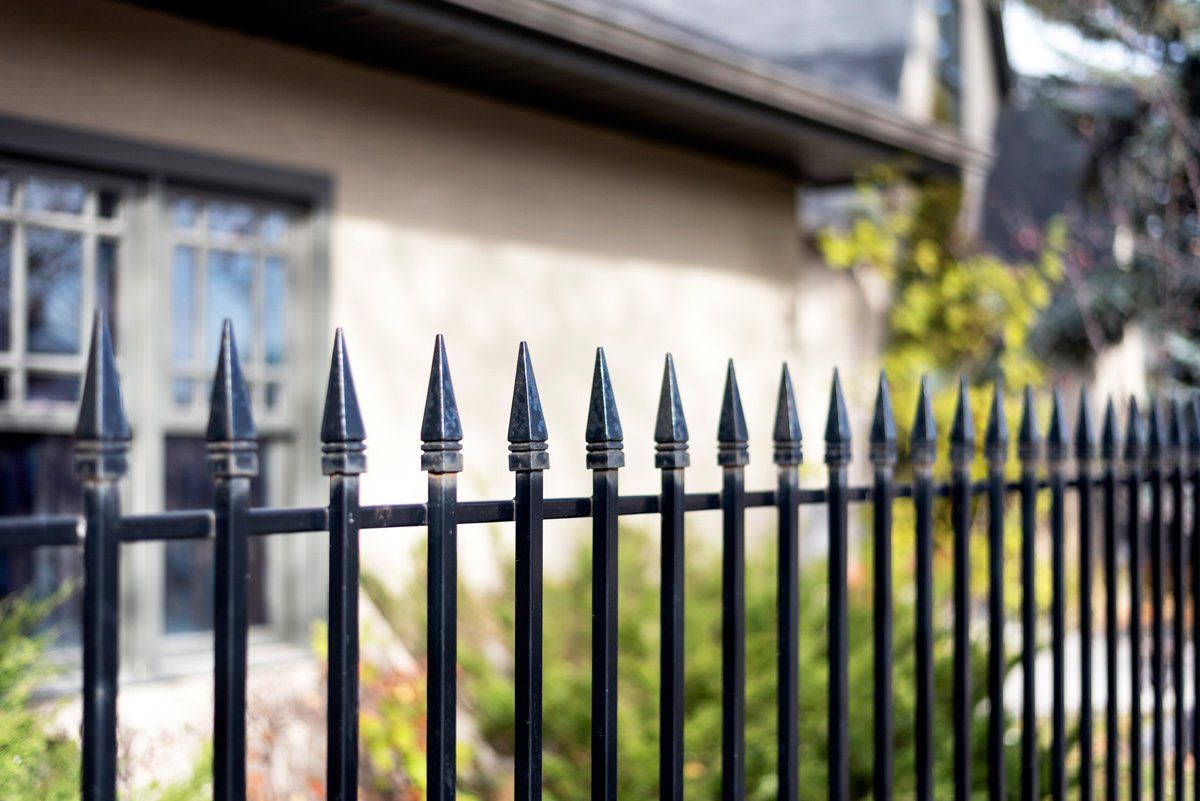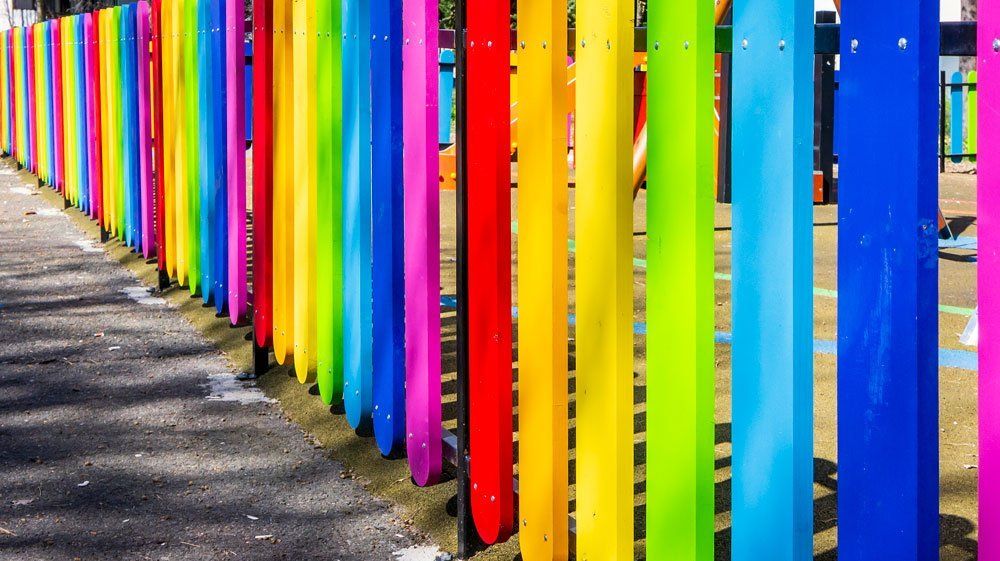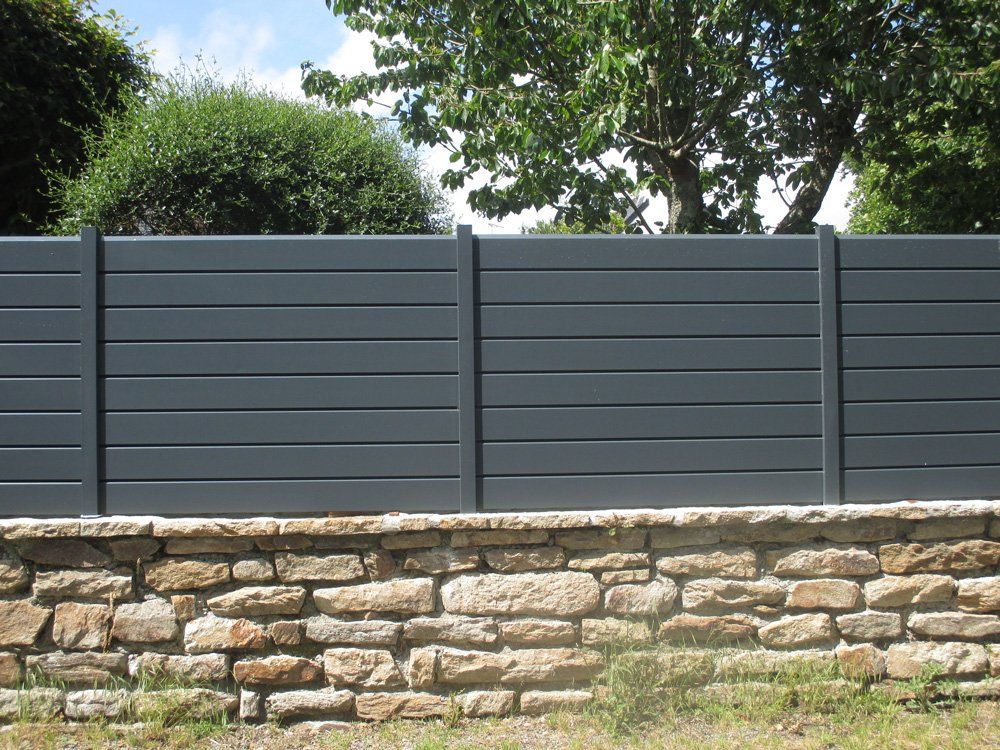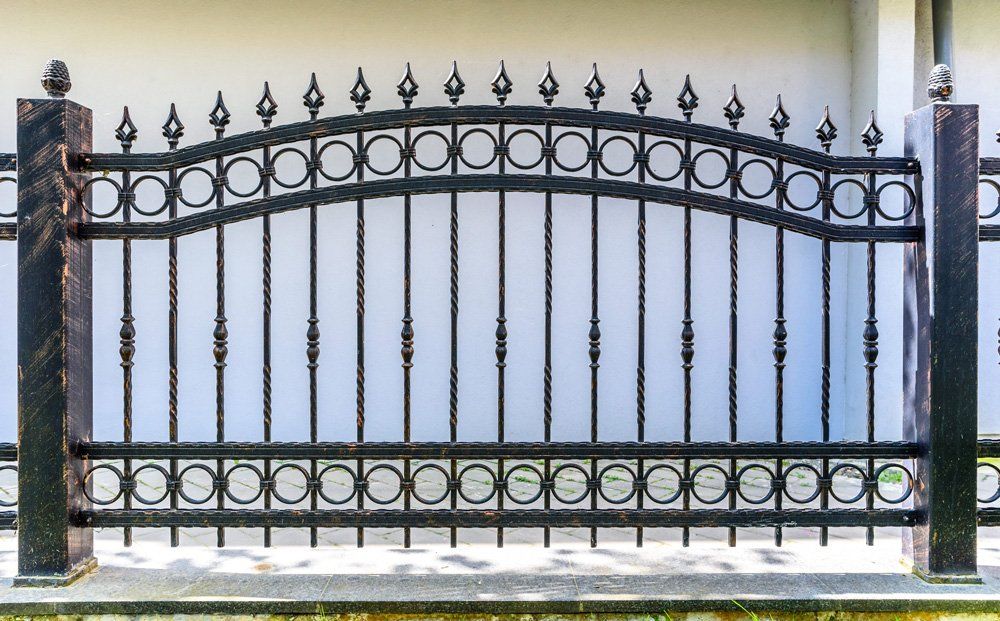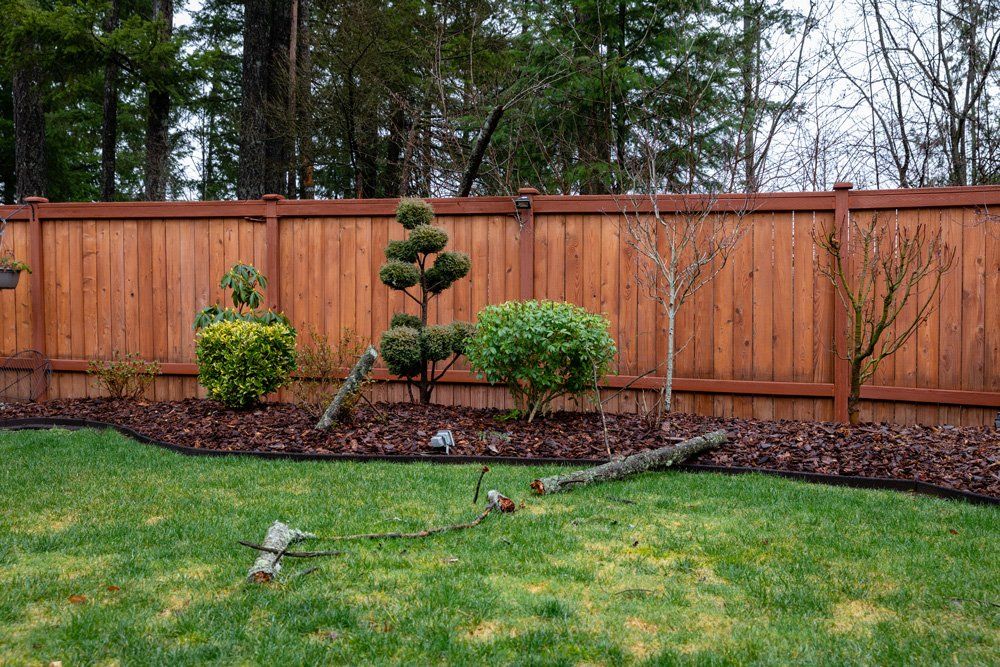If you want to add privacy to your property, provide a contained area for your children to play, or give your four-legged family members a safe area to run, a vinyl fence will help you accomplish all of these goals. Vinyl fences are an increasingly popular fencing option thanks to their affordability, limited maintenance needs, and durability.
Some homeowners may shy away from vinyl fences because they believe that all vinyl fences look the same and offer no option for customization. Fortunately, this is not the case. Here are a few characteristics that you can customize so that your vinyl fence suits your style and satisfies your expectations.
1. The Amount of Space Between the Fence's Bays
On a fence, the term bay refers to the area between the fence's posts. If one of your main goals is to add privacy to your property, you should consider a fence with limited or no space between the bays.
However, if privacy is not a top concern or if you want to maintain visibility through the fence, it is smart to research fences with a wider bay. Wider bays provide a certain degree of space between the posts so that that exterior of your fence is not completely blocked. Keep in mind that small pets may be able to squeeze between wide-set bays.
Another detail to keep in mind is that fences that provide a certain degree of visibility may cause anxiety or frustration in your pets. If your dogs can see people, pets, and wildlife on the other side of the fence, but can't access this area, they may become frustrated. Wide bays also make it possible for individuals walking by to interact with your dog, which can present a liability.
2. The Height of the Fence
Vinyl fences come in an assortment of heights, with four-, five-, or six-feet heights as some of the most common options. Fence height depends on your purpose for installing the fence. To establish your property lines or provide boundaries for your children, a shorter fence is sufficient.
If you have large dogs (especially athletic dogs who like to jump), a five- or six-foot fence is a better solution so that they won't be able to jump over it.
For optimal privacy, stick with a higher fence. When installing a vinyl fence to lend extra security to a swimming pool, make sure that your height selection meets local regulations.
3. The Color and Finish of Your Vinyl
Most individuals envision a white vinyl fence, but you can choose from an assortment of colors and finishes. Popular choices for solid hues include red, gray, brown, and tan. However, if you have another color in mind, your fencing contractor may have the option to special order different colors.
Your vinyl fence can also take on characteristics of other fencing materials. This is an excellent compromise for homeowners who prefer the aesthetic of one material but want the benefits of vinyl. Maybe you like the appearance of a wooden fence, but don't want to worry about constant maintenance. Instead of wood, select a vinyl fence with a wood grain finish.
4. The Number and Size of the Gates on Your Fence
You want to make it convenient for your family to use the fence. Keep in mind the layout of your home and your family's outside habits when deciding how many gates you want for your fence. If the back of your home connects to a walking trail that you frequently use, you may want to add an extra gate for convenient access.
Take into account any objects that you need to transport through the gates. If you know that you need to fit a riding lawn mower or recreational vehicle through a gate, you may need to have at least one gate that is larger than normal.
Are you ready to increase the usability of your outside space? Contact Duke Fence Co., Inc., to discuss your fencing options.

